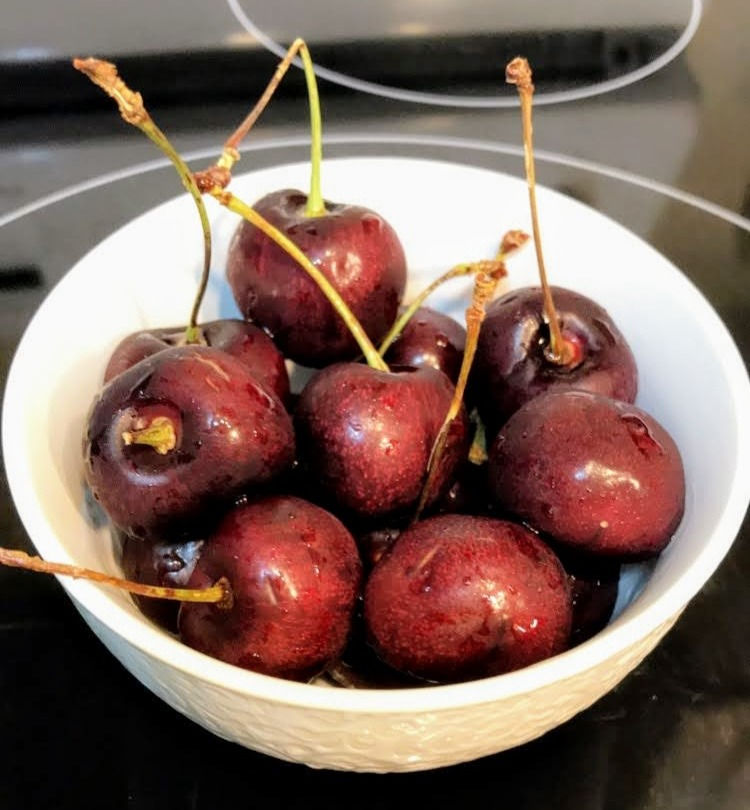Portion Perfection
- Julez

- Sep 21, 2020
- 3 min read
When I first started my clean eating journey, I grossly underestimated the amount of food I was actually consuming. I ate many small snacks a day of what I thought were healthy foods, but had no real idea about the quantity of each food group that passed my lips. My weight and body fat remained flatlined even though I was working out and lifting weights more than ever. What could I possibly be doing wrong? As it turns out pretty much everything! Unbeknownst to me, I was eating way too much fruit, not enough protein and very little complex carbs. A total recipe for total fitness failure.. Maybe this scenario is sounding familiar to you too? Luckily for both of us, I already made all the mistakes you’ve been making and I’m here to help lead you to the path of portion perfection!!
Let’s start with the basics shall we? When starting a whole food diet, veggies and proteins should be the A-list celebrities attending each of your meals. Yes you read that right; VEGGIES and then protein. Vegetables contain many vitamins and minerals as well as fiber that will help keep you fueled throughout the day. Your body needs proteins for the essential aminos acids needed for protein synthesis in the body (think building new buildings and repairing old ones) and also metabolic function. The veggies should be taking up one half of your plate and the protein one fourth. The easiest way to eyeball those portion sizes is by thinking of your vegetables as being two fist fulls and the protein being the size of the palm of your hand.

Now what about those B celebrities and their assistants, carbohydrates and fats? It’s important to remember that fruits and vegetables ARE complex carbohydrates. Simple carbs include grains, white potatoes, breads and pastas. Basically, these carbs are easily digested and are readily available for short term energy storage. This is great if you are running a marathon, but terrible if you are running an office. Excess glucose in the body is stored as fat and that is exactly what we are trying to avoid! Your carbs (preferably whole grains like farro, whole oats, quinoa, etc...) should be about the size of your fist or smaller. Fats are like the size of three almonds and used in the cooking process. If you have the right seasonings and cooking skills, you will not have to add extra fat to your meals.
Fruit should be considered like dessert and eaten in moderation. I love to eat a piece of fruit in the middle of the day when I’m feeling like my energy levels are dropping. It gives me a nice energy boost and helps give my palate a nice refresher after lunch . Paired with a cup of herbal ginger tea, I feel completely satisfied until my next meal. When I first started working out, I ate entirely TOO MUCH fruit and it was apparent because my body was not recovering from my training. Had I known about eating the correct portion of my food groups, I could have saved myself a lot of soreness and stalemates in my gains.
Simply stated, your plate should be a dazzling array of colors because of all of those veggies with accents of proteins and carbs. If you notice your meal is looking rather brownish or white in nature, you’ve definitely miscalculated some portion sizes. We eat with our eyes. I guarantee you’ll be more tempted to eat something that looks amazing rather than dull and boring. Plating my meals is creative and I love to do it! The prettier the plate, the more appetizing. The next time you sit down to eat, start to think about your fists, palm of hand and almonds and you’ll be in a good position to eat the correct portions of each food group!



Comments